|
The following field trips are offered to 6th, 7th, and 8th grade students in the spring and fall. 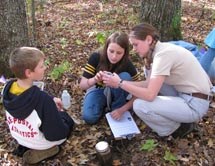
NPS Photo 6th Grade: Diggin’ in the DirtThe full program consists of the two activities below: Soil DiscoveryIn small groups, students design and carry out their own experiment to analyze soil properties and recognize the interdependence of abiotic and biotic factors. Terrestrial InvertebratesStudents participate in an environmental monitoring citizen science project where they inventory the macroinvertebrates of the deciduous forest using scientific methods. 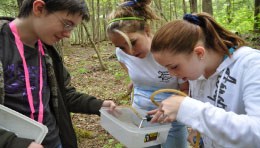
NPS Photo Location: Purchase Knob or Oconaluftee Visitor Center 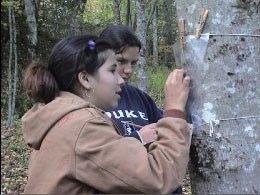
NPS Photo 7th Grade: What’s on that Tree?!The full program consists of the two activities below: LichensStudents identify lichen and learn about the role it plays in the ecosystem. PhenologyStudents will identify trees and collect data for an ongoing citizen science monitoring project. 
NPS Photo Location: Purchase Knob, Mingus Mill, Oconaluftee Visitor Center, or Deep Creek 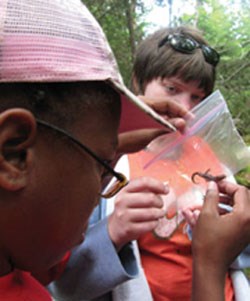
NPS Photo 8th Grade: Hidden WorldsThe full program consists of the following two activities:Salamander MonitoringStudents collect data and use ID guides to identify salamanders in this citizen science project. Data from this project is used to learn how air quality impacts salamanders in the park. Tardigrade InventoryStudents get an introduction to lichens then isolate and explore the biodiversity of microscopic organisms that live within them. 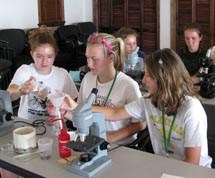
NPS Photo Location: Purchase Knob or Mingus Mill |
Last updated: July 24, 2024
